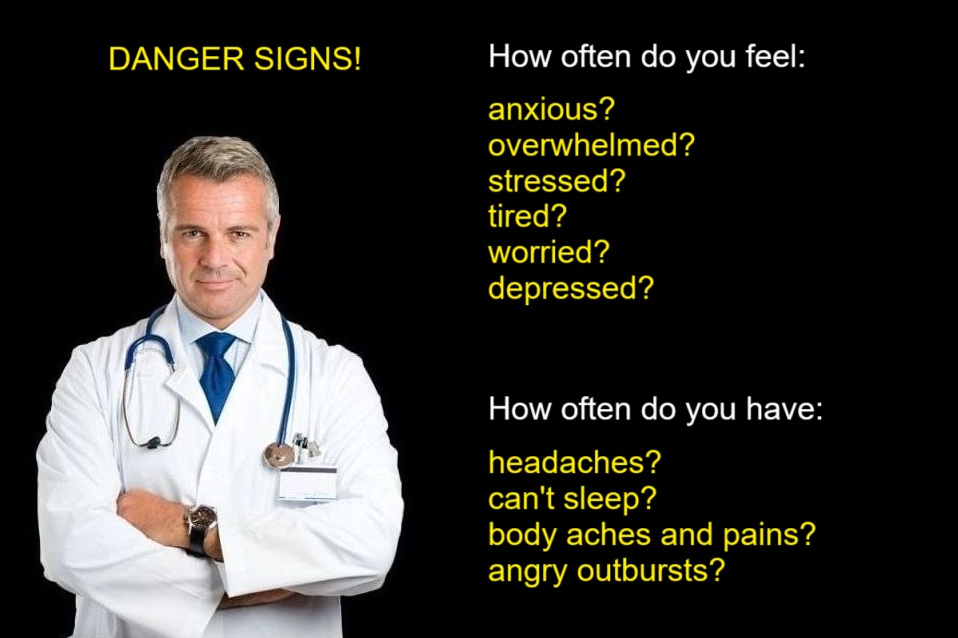Post-traumatic stress disorder (PTSD) is often associated with veterans returning from combat zones, but the reality is that trauma, and subsequently PTSD, can affect anyone, regardless of age, background, or profession. While military personnel are undoubtedly at high risk, Gen Z, Millennials, and Gen X are increasingly facing traumatic experiences that can lead to the development of this debilitating condition. This article aims to shed light on how trauma is silently impacting these generations, exploring the diverse sources of trauma, the manifestation of PTSD symptoms, and the available pathways to healing.
It is important to note that this article complements others in this series, particularly those addressing anxiety and depression. While PTSD can often manifest with symptoms that overlap with those of anxiety and depression, it is a distinct condition rooted in a specific traumatic event or series of events. Therefore, we will focus on the unique aspects of PTSD and its impact on these generations.
Understanding Trauma and PTSD
Trauma is defined as a deeply distressing or disturbing experience that overwhelms an individual’s ability to cope. This experience can be a single event, such as a car accident, assault, or natural disaster, or it can be a series of events, such as childhood abuse, domestic violence, or ongoing exposure to violence in a community.
PTSD is a mental health condition that can develop after someone experiences or witnesses a traumatic event. It’s characterized by a cluster of symptoms that can significantly interfere with daily life. These symptoms fall into four main categories:
- Intrusion: Reliving the traumatic event through intrusive thoughts, flashbacks, nightmares, or intense emotional distress when exposed to reminders of the trauma.
- Avoidance: Efforts to avoid thoughts, feelings, places, people, or activities that trigger memories of the trauma.
- Negative Alterations in Cognition and Mood: This includes negative beliefs about oneself, others, or the world, persistent negative emotions such as fear, guilt, or shame, feelings of detachment from others, and difficulty experiencing positive emotions.
- Alterations in Arousal and Reactivity: This encompasses symptoms such as irritability, anger outbursts, hypervigilance (being constantly on alert), exaggerated startle response, difficulty concentrating, and sleep disturbances.
Trauma in the Lives of Gen Z, Millennials, and Gen X
While each generation faces unique challenges, certain societal and historical factors contribute to the rising prevalence of trauma and PTSD across Gen Z, Millennials, and Gen X.
- Gen Z (Born 1997-2012): This generation has grown up in a world shaped by constant connectivity, social media, and school shootings. The constant exposure to news and social media can lead to vicarious trauma, where individuals experience trauma indirectly through witnessing or hearing about the suffering of others. Furthermore, the prevalence of cyberbullying and online harassment can be deeply traumatic for young people. Additionally, growing up during a period of political polarization and climate change anxieties contributes to a sense of uncertainty and fear.
- Millennials (Born 1981-1996): Millennials witnessed the aftermath of 9/11, experienced the 2008 financial crisis, and navigated a rapidly changing job market. The economic instability and pressure to succeed have contributed to high levels of stress and anxiety, which can exacerbate the impact of traumatic experiences. Furthermore, many Millennials are grappling with the legacy of childhood trauma, including adverse childhood experiences (ACEs) such as abuse, neglect, and household dysfunction.
- Gen X (Born 1965-1980): Often described as the “latchkey generation,” Gen X faced high divorce rates and economic uncertainty during their childhoods. Many Gen Xers are now grappling with the responsibility of caring for aging parents while also raising their own families, leading to increased stress and potential burnout. Furthermore, the prevalence of substance abuse and mental health challenges within this generation can contribute to traumatic experiences.
Beyond Individual Trauma: Systemic and Collective Trauma
It’s important to acknowledge that trauma isn’t always a singular, isolated event. Systemic and collective trauma, which stem from widespread societal injustices and historical oppression, can have a profound impact on mental health. For example, racial discrimination, poverty, police brutality, and historical events such as the Holocaust or the Rwandan genocide can all contribute to intergenerational trauma, where the effects of trauma are passed down through families and communities.
These forms of trauma can be particularly damaging because they are often chronic and pervasive, creating a sense of helplessness and hopelessness. Addressing systemic and collective trauma requires systemic solutions, including policy changes, social justice initiatives, and community-based healing programs.
The Impact of PTSD: A Generational Perspective
The impact of PTSD can manifest differently across generations, depending on their developmental stage, social context, and coping mechanisms.
- Gen Z: PTSD can disrupt their education, social development, and identity formation. They may struggle with academic performance, peer relationships, and feelings of self-worth. The symptoms of PTSD can also exacerbate existing mental health challenges, such as anxiety and depression.
- Millennials: PTSD can impact their career prospects, romantic relationships, and parenting abilities. They may struggle with job instability, relationship conflicts, and difficulties forming secure attachments with their children. The symptoms of PTSD can also contribute to substance abuse and other unhealthy coping mechanisms.
- Gen X: PTSD can lead to chronic health problems, strained family relationships, and difficulties managing work and personal responsibilities. They may experience physical symptoms such as chronic pain, fatigue, and digestive issues. The symptoms of PTSD can also interfere with their ability to care for their aging parents and support their children.
Pathways to Healing: Treatment and Support
While PTSD can be a debilitating condition, it is treatable. A variety of therapeutic interventions and support systems can help individuals heal from trauma and regain control of their lives.
- Therapy: Trauma-focused therapies, such as Cognitive Processing Therapy (CPT) and Eye Movement Desensitization and Reprocessing (EMDR), are highly effective in treating PTSD. These therapies help individuals process traumatic memories, challenge negative beliefs, and develop coping skills.
- Medication: Antidepressants and anti-anxiety medications can help manage the symptoms of PTSD, such as anxiety, depression, and sleep disturbances.
- Support Groups: Connecting with other survivors of trauma can provide a sense of community, validation, and hope. Support groups offer a safe space to share experiences, learn coping strategies, and build supportive relationships.
- Lifestyle Changes: Practicing self-care activities, such as exercise, meditation, and spending time in nature, can help reduce stress and promote emotional well-being.
- Mindfulness: Cultivating mindfulness through practices like meditation and yoga can help individuals become more aware of their thoughts and feelings, allowing them to manage their symptoms more effectively.
Conclusion
PTSD is a significant public health concern that affects individuals across generations. By understanding the diverse sources of trauma, the manifestation of PTSD symptoms, and the available pathways to healing, we can create a more supportive and compassionate society for those who have experienced trauma. It is vital to raise awareness, reduce stigma, and ensure access to evidence-based treatment and support services for Gen Z, Millennials, and Gen X, empowering them to heal from trauma and live fulfilling lives. Remember, seeking help is a sign of strength, and recovery is possible.












